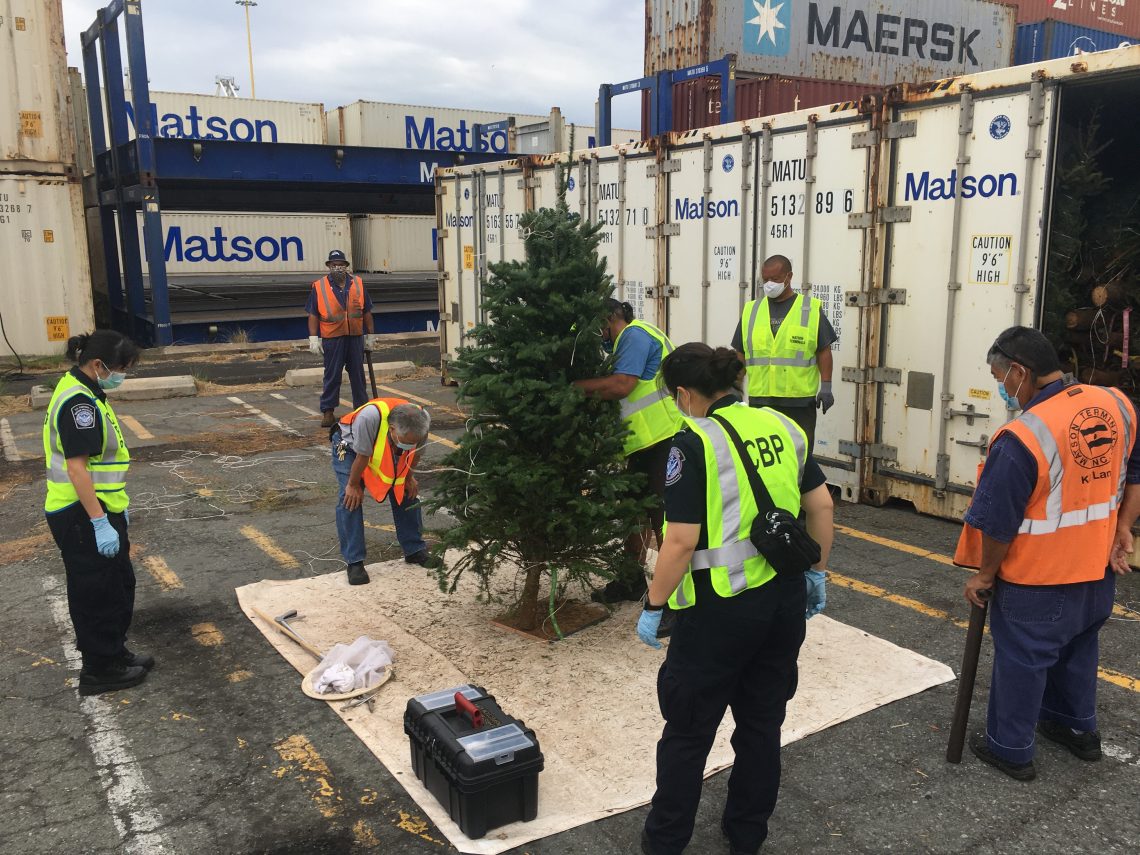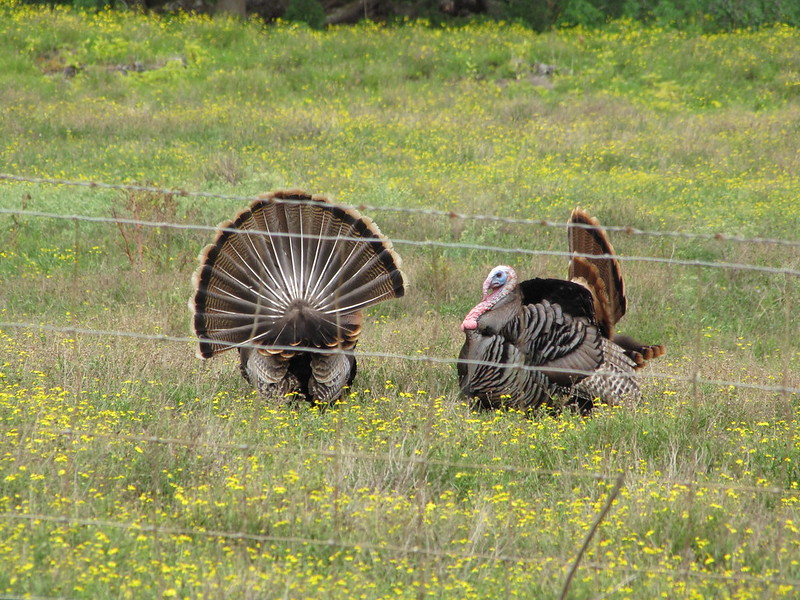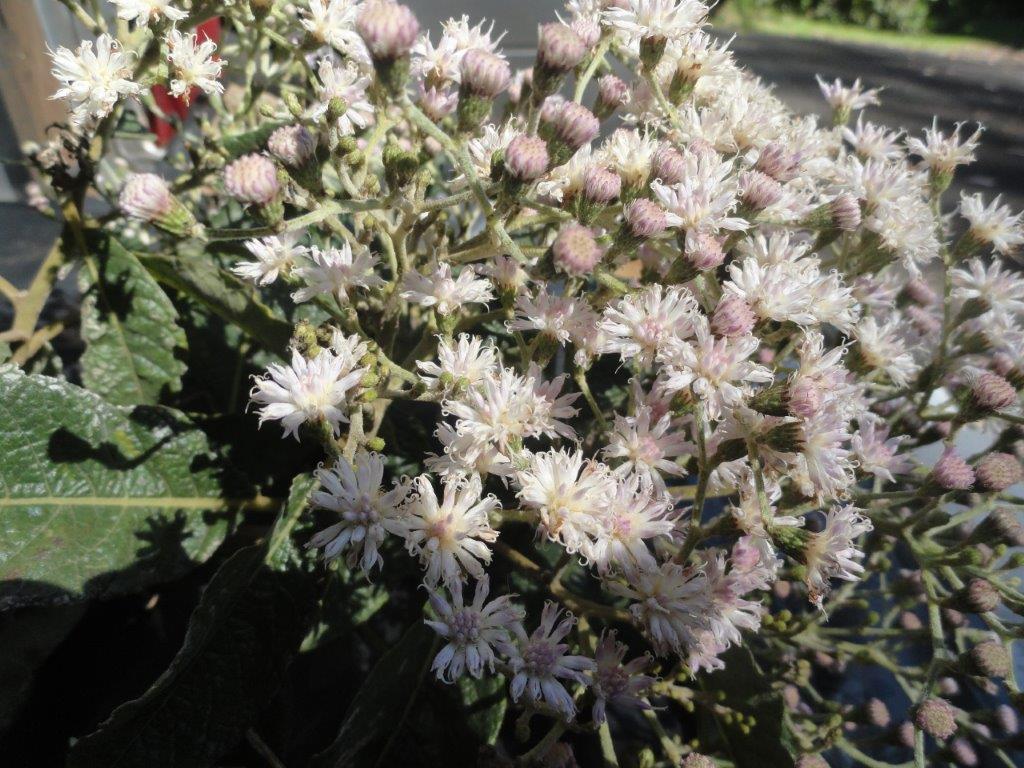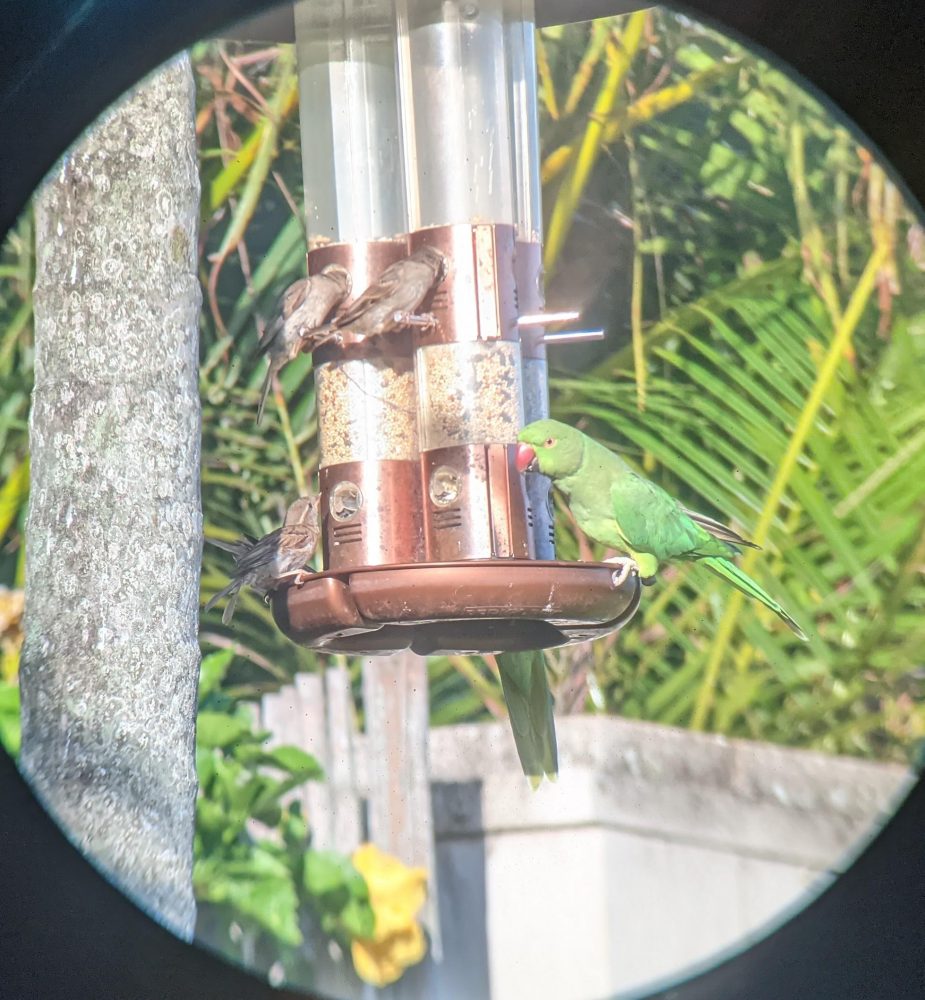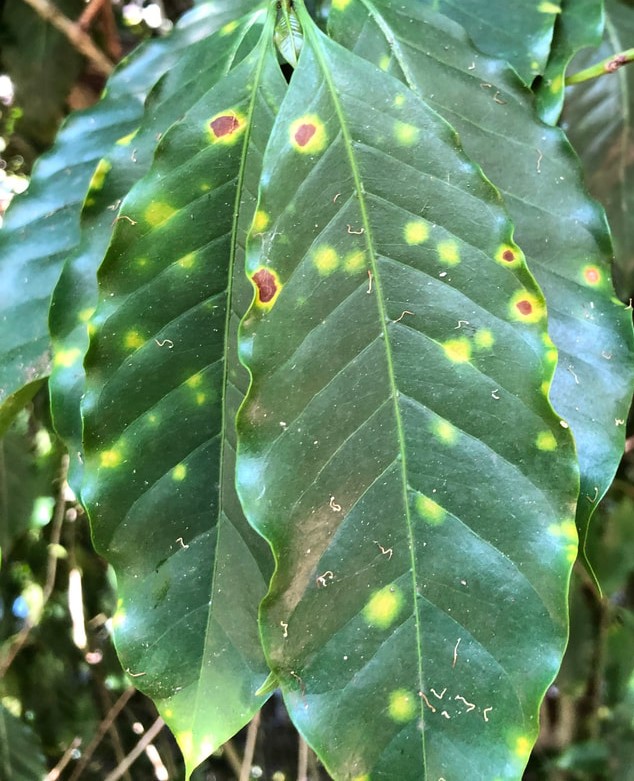Nothing heralds the holiday season like the Christmas tree, but did you know that most of Hawaiʻiʻs Christmas trees are…
Read More
Kia'i Moku Column
Gobble Gobble! Maui’s Wild Turkeys
With Thanksgiving only 12 days away, the traditional centerpiece of this holiday meal is likely on your mind. Stores will…
Read More
Not All Fire Ants Are The Same
It’s a familiar feeling many of us have experienced. You may have been picnicking in a park, loading up a…
Read More
Be like Bob: The Importance of Reporting Something Out of Place
Retired state forester Bob Hobdy knows his trees. So, when he was driving through his Haʻikū neighborhood earlier this summer…
Read More
Keep an eye out for invasive parakeet
In July 2021, a Kīhei resident reported a strange-looking bird near their condo to the State-wide online pest reporting system,…
Read More
Coffee Leaf Rust Never Sleeps
You may be holding a cup of it now as you read this. Warm and comforting, coffee is the fuel…
Read More
